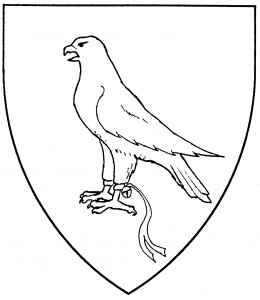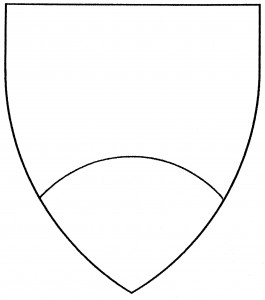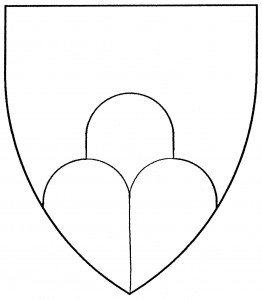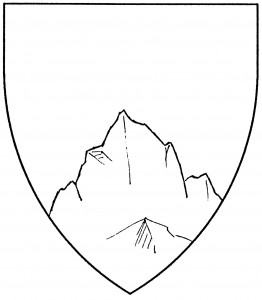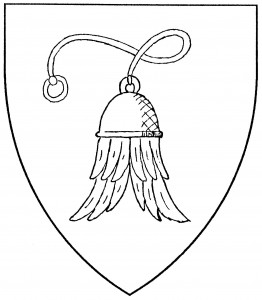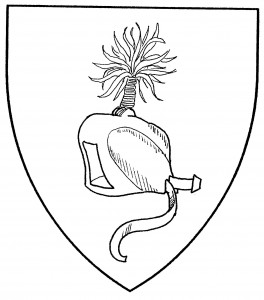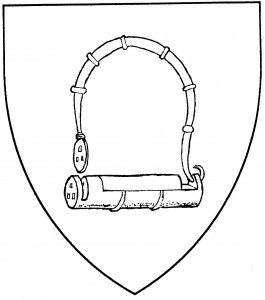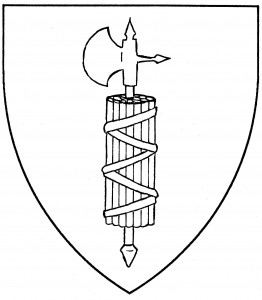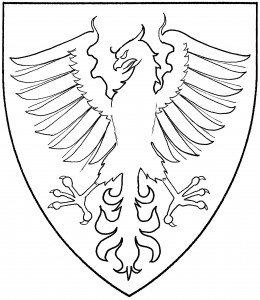The falcon is a raptor, a bird of prey, which can be domesticated for use by hunters. It is found as early as c.1295, in the canting arms of Fauconer [ANA2 204]. Heraldically, the falcon category includes “hawks”; there is considerable overlap in their attributes, though, strictly speaking, falcons and hawks are of differing species. In any event, the terms are considered interchangeable in heraldry.
The falcon is close by mundane and Society default (though Society blazons often specify the posture, nonetheless); when blazoned “proper” (and no species is specified), it is understood to be brown.
Falcons are often depicted as “belled and jessed”, with thongs and bells tied to the legs in the traditional falconer’s manner; this may be done even when not explicitly blazoned, as in the illustration. Falcons are also sometimes found “hooded”, with a leather hood over the head; this fact is always blazoned. A few period armories show the falcon atop a perch, as in the arms of Weele, 1610 [Guillim1 161]. The falcon may be found “preying” or “trussing” upon a smaller beast or bird, holding it in its talons while ripping it with its beak. For related charges, see eagle.
Joseph Hawk bears: Per fess embattled sable and argent, three hawks counterchanged.
Eliane Duran bears: Azure, a falcon ermine belled and jessed Or.
Estienne de Condé bears: Argent, three falcons vert.
